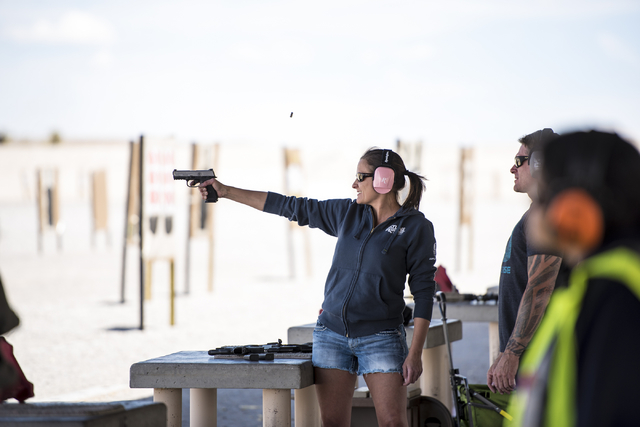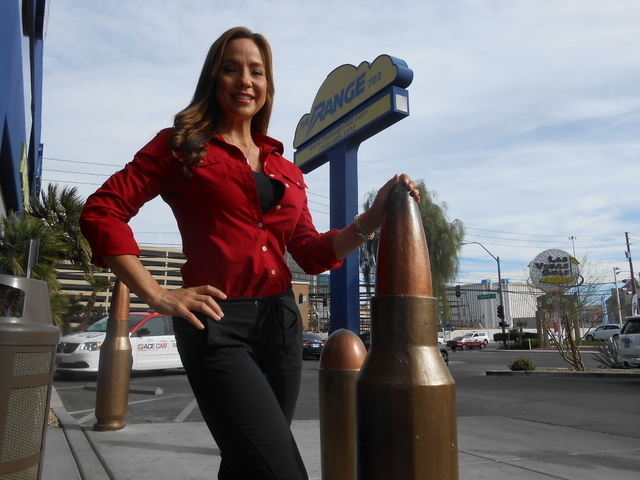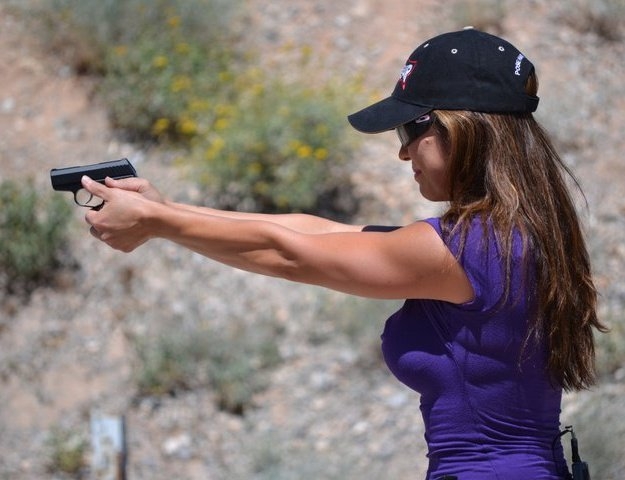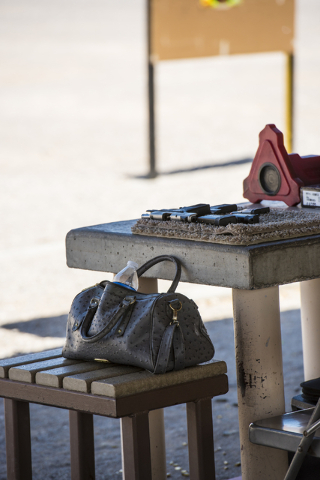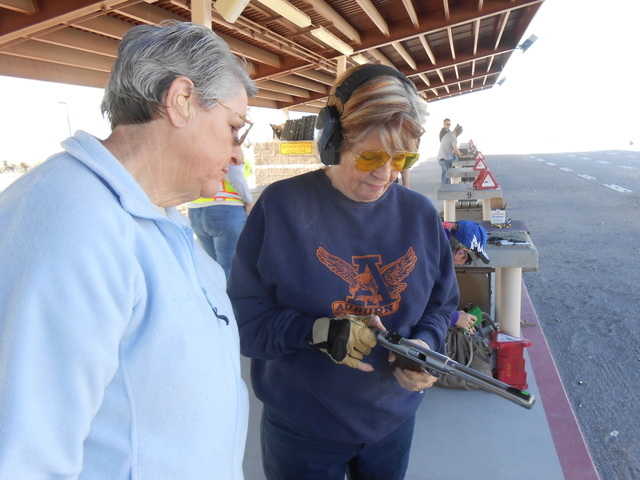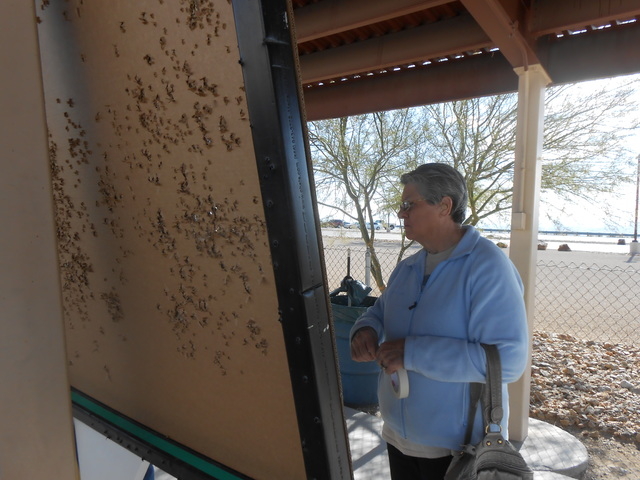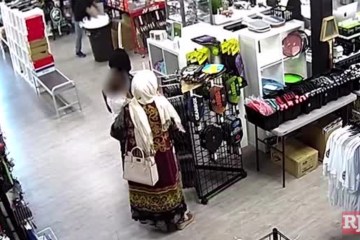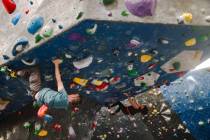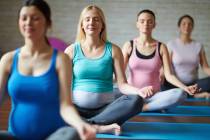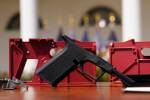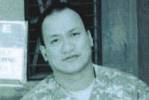Armed for protection: Women report interest in guns stems from desire not to be a victim
The National Shooting Sports Foundation reports that 74 percent of U.S. gun retailers saw an increase in female patrons from 2011 to 2012, with women making up 20 percent of sales. Since 2005, female gun ownership in America has doubled in the $8 billion industry.
In contrast, a General Social Survey shows that the number of Americans who live in a household with at least one gun is lower than it’s ever been, with 32 percent either owning a firearm themselves or living with someone who does. In the late 1970s and early ’80s, roughly half of Americans told researchers there was a gun in their household.
SELF-PROTECTION PART OF DEMAND FOR WOMEN
National Rifle Association spokeswoman Catherine Mortensen said the increase in gun sales shows a demand stemming from women who want to protect themselves. She said one of the NRA’s most successful programs is Women On Target. Introduced in 2000 with 500 participants, it covers long guns and handguns. It grew to roughly 13,000 participants in 2014. Last year, the NRA held 200 Women On Target instructional shooting clinics across the country.
“We developed that in response to women who wanted to hunt and shoot, preferably in the company of other women,” Mortensen said. “So, we knew there was that demand.
“Women get into guns for personal safety reasons, then they take a class and find it’s fun. They want to continue on with it as a sport.”
The NSSF reported that the number of females involved in target shooting as a sport was 3.3 million in 2001. In 2013, that number was 5.4 million — a 60 percent increase.
Jeff Frichette, director of training at The Range 702, 4699 Dean Martin Drive, said the 20 percent increase in guns sold to women is “definitely” the case at that store and that the majority were new customers, although the facility does see repeat female buyers. He holds two gun safety classes a week with as many as 75 students and said roughly 20 percent were women, with 60 percent going on to get their concealed carry permit. They range from age 21 to senior citizens.
NUMBER OF HOUSEHOLDS WITH GUNS DECLINING BUT NOT SALES
That the number of households with at least one gun is declining doesn’t necessarily mean that the number of weapons being purchased is on the decline. Data from the FBI’s National Instant Criminal Background Check System shows that, in recent years, there’s actually been an increase in the number of background checks being run, suggesting the number of firearms purchased is going up. But those purchases are concentrated in fewer hands than they were in the 1980s, the latest General Social Survey finds. The 2014 GSS poll reports that 22 percent of Americans own a firearm, down from a high of 31 percent in 1985. The survey also found that fewer women than men own guns, but the percentage among women has held fairly steady since 1980, with 12 percent now saying they own a gun.
Kim Smith said she bought her first gun about six years ago after getting her concealed carry permit. She now has three handguns and carries a .380-caliber Glock 42 as her concealed weapon. She keeps a .45-caliber Colt 1911 on her nightstand in case of a home intruder. She also has martial arts training and is a certified concealed carry weapons instructor.
Smith said shooting at a practice range meant forgetting one’s worries as it requires full attention. She called it a stress reliever.
“It’s like golf but with guns,” she joked.
Smith, who works for Fox5 News as an on-air personality, said her job has her hearing about crime every day and requires her to be at work at 3:30 a.m. That, among other reasons, is why she carries a concealed weapon. She said she’s not yet had occasion to need to use her gun and would pull it out only as a last resort.
“I equate it to a tool,” Smith said. “You know — when you need it, you don’t have it. So, I’d rather have the tool in case I needed it.”
Ironically, the one time she said she encountered a threatening situation, she was not carrying a weapon, nor was she in “awareness” mode. That happened about a year ago.
“I was out jogging, my earphones on, just (running along), and this guy jumps out at me, one of those creepy people,” Smith said. “… He caught me off guard. I mean, he really startled me, and that woke me up to, again, being aware.”
The perpetrator was, she said, about a foot away from her, close enough to grab her, had that been his intent. But he ended up flashing her and running away. Smith said he could have been the type to attack her. The experience prompted her to run with her gun.
“What if you are (knocked unconscious)? If (your gun is) concealed, and he doesn’t know you have it, at least you know how to get to it if you’re in a bad situation,” Smith said. “I also train in martial arts because of that same (hypothetical) situation. People say that probably the chances of you getting to your gun that quickly — unless you’re really trained to draw it from concealment quickly — you might have to have a strike or two, (employ) some kind of defense mechanism.”
She said even if she were knocked unconscious, “I don’t know that he would have found it. I mean, who knows what’s going on in the mind of a criminal? … That is the tough question, to know what he would do after (the attack).”
‘I WOULD REALLY HATE TO HAVE TO USE IT’
Out at the Clark County Shooting Complex, 11357 N. Decatur Blvd., Linda R. — who asked that her last name not be used — said she got into shooting “because my husband and cousin used to shoot in California, and when we moved to Las Vegas, my husband, Bob, still wanted to shoot.”
She said the first time she shot a gun was in the 1960s. Before going to the range for instruction, she said she and her husband discussed at home how to shoot, “so when I (got there), I knew how to do it.”
Linda was reticent about the appeal of target shooting.
“Well, it thrills you if you can hit the target,” she said.
She said she goes to the range at least once a week, and she and her husband carry a gun in their car whenever they leave the house “because of all the things that are going on in the world.”
“There might be something that happens in the parking lot,” she said. “But I would really hate to have to use it. To carry a weapon and know how to protect yourself feels very, very good.”
She said she owns multiple guns but would not say how many.
Why does she feel the need to own more than one?
“It’s personal preference,” she said. “Personal preference means if you want a gun, you get it.”
What would she tell a woman considering buying a gun?
“I’d tell her to join a club like Battle Born Women, take some training classes,” she said.
She also suggested renting a gun and trying it to better understand what would be a good fit.
‘THE JOKE IS: THE REASON I CARRY A GUN IS BECAUSE A COP IS TOO HEAVY’
According to Clark County, there are 33 businesses with a firearm permit, not including the unincorporated areas. The city of Las Vegas reports there are 41 stores licensed under its pistol permit business license category. This includes multiple pawn stores that sell other items besides guns. This does not include stores such as Wal-Mart that also sell guns or other major sporting goods stores.
At gun stores, women are often steered to semiautomatics that are double action, where the trigger performs two actions — it cocks the hammer and fires the gun — helping to prevent an accidental discharge, such as if it’s dropped.
“More women buying guns and getting concealed carry permits is not the disease; it’s the symptom of the disease,” said Bob Irwin, owner of The Gun Store, 2900 E. Tropicana Ave. “It’s them trying to fight it. In my opinion, there’s very little the police can do about that kind of instant crime, where someone grabs a woman on the street or figures out she lives alone and (breaks in) at 3 o’clock in the morning . The police can never prevent that type of crime. They’re very good about catching the guy afterwards, extremely good … but where we’re not good is with prevention, unless you have a cop standing in your doorway. The joke is: The reason I carry a gun is because a cop is too heavy.”
For women who want to carry a concealed weapon, there is a lightweight, nylon holster that clips to the waist of one’s clothes with the gun carried inside, against the body.
“It holds it down very flat, (so it) can’t really be seen and doesn’t interfere with (movement),” Irwin said. “It’s a little tough to get used to because it’s stiff. But after two or three days of wearing it, you don’t even notice it’s there. But then it’s on your person. If the guy grabs you and pulls you out of your car, the gun’s not in the glovebox.”
Guns need to be registered, according to the Metropolitan Police Department.
“It’s not the person, it’s the gun that gets registered,” said Miguel Garcia, Metro public information officer. “There are some weapons that do not require registration — shotguns and hunting rifles and stuff like that.”
STATISTICS: VIOLENT CRIME MAY BE DOWN, BUT GUN REGISTRATIONS SHOW NO SIGN OF SLOWING
Gunmakers are increasingly focusing on women to boost sales, and the NRA offers programs catering to them, such as Refuse To Be A Victim, which teaches them how to improve personal safety strategies. Statistics show that while violent crime is actually down, gun ownership is growing:
- The number of women in the U.S. who practiced target shooting at gun ranges jumped 60 percent between 2001 and 2013 to 5.4 million, according to the NSSF. During that same time period, the number of female hunters rose 85 percent, to 3.3 million.
- An April report by the Violence Policy Center, using data from the Centers for Disease Control and Prevention’s National Center for Injury Prevention and Control, found that in 2014, gun deaths surpassed motor vehicle deaths in 17 states, along with the District of Columbia. One of those states was Nevada. The report pointed out that more than 90 percent of American households own a car, while fewer than a third have a gun. Despite the exposure to motor vehicles outweighing one’s exposure to firearms, the report said that, nationwide, there were 33,636 gun deaths and 35,612 motor vehicle deaths in 2013.
- The FBI released its annual Crime in the United States report in November, revealing that the country saw the violent crime rate fall 5.1 percent in 2013 from 2012, putting it at its lowest since 1978. Gun advocates say it’s because more guns are in the hands of citizens. Gun control advocates point out that even though the total gun homicide rate has declined, some of the worst acts of violence in U.S. history have taken place within the past decade.
- Based on background checks performed by the FBI, there were more than 14 million gun purchase transactions in America in 2009, 10 percent more than the year before. How can we keep them out of the wrong hands? According to a 2013 survey by Mayors Against Illegal Guns (a bipartisan coalition of more than 850 U.S. mayors), 86 percent of Nevada residents support requiring background checks on all gun sales.
- In Nevada, background checks numbered 18,361 for January 2013, a state record for the first month of the year, a time that is normally slow for such checks, according to the FBI’s NICS. It was nearly double the number of checks performed in January 2012.
- The number of federally registered weapons in Nevada rose nearly 21 percent from December 2010 to March 2012, according to the ATF.
There is movement to ensure guns stay out of the hands of those with questionable motives. In November, Nevadans for Background Checks — an eclectic group that includes victims of gun violence and some members of law enforcement — filed an initiative petition calling for mandatory background checks on nearly all gun purchases in the state. Within a few weeks, the group had collected nearly 250,000 signatures, more than twice the 101,667 required to qualify the initiative for the 2016 ballot.
In April, SB240 was passed by the state Senate and went to the Assembly for consideration. It prohibits mentally ill convicts from owning a gun and criminalizes the practice of buying a gun for another person. It does not keep guns out of the hands of convicted stalkers or require those under a restraining order to turn over their firearms, something opposed by Republicans.
Erika Soto Lamb is communications director for Everytown for Gun Safety. The organization is a mix of gun owners and non-owners, and its stance is that guns should not be in the hands of felons, criminals and domestic violence perpetrators.
“We found women in the U.S. are 11 times more likely to be murdered with guns than women in other high-income countries,” Soto Lamb said. “And, particularly when this relates to domestic violence, guns play a key role in turning abuse into murder. … The presence of a gun, whether his or hers, increases the likelihood that the woman will be killed by five times.”
Soto Lamb said the vigilante argument is not a viable one.
“You see it in the stand-your-ground issues we’ve seen across the country,” she said. “I would dispute the use of guns to prevent (crime) … the reality is that when people are armed, sometimes arguments escalate when they shouldn’t.”
Editor’s note: This is the second story in a three-part series about women and guns. Part three is scheduled for May 28 will look at the increase in support for gun rights versus gun control and how women have become part of that push.
To reach Summerlin Area View reporter Jan Hogan, email jhogan@viewnews.com or call 702-387-2949.
WOMEN AND FIREARMS: THE STATS
According to the FBI, there were 221 domestic violence homicides in Nevada from 2003 to 2012. More than half, 52.9 percent, of those victims were killed with guns.
In 2011, 35 percent of female homicide victims in Nevada were killed in a domestic violence incident — a total of 13 women murdered in domestic violence disputes.
Firearms accounted for the murders of 214 women in Nevada from 2001 to 2010.
Evidence in Nevada suggests that individuals who commit crimes rarely do so with newly purchased firearms.
ATF reported that roughly two-thirds of all firearms recovered by law enforcement agencies in Nevada from 2006 through 2011 had been purchased at least three years prior. Only 5.9 percent had been purchased within three months of their recovery.



